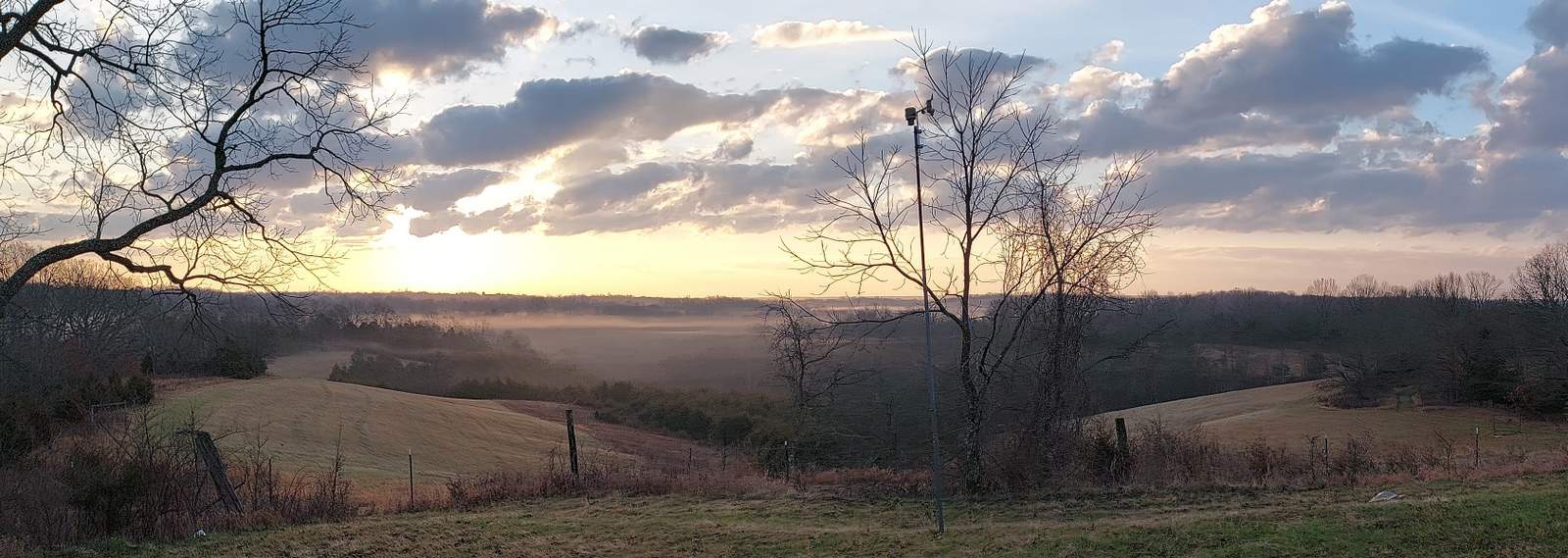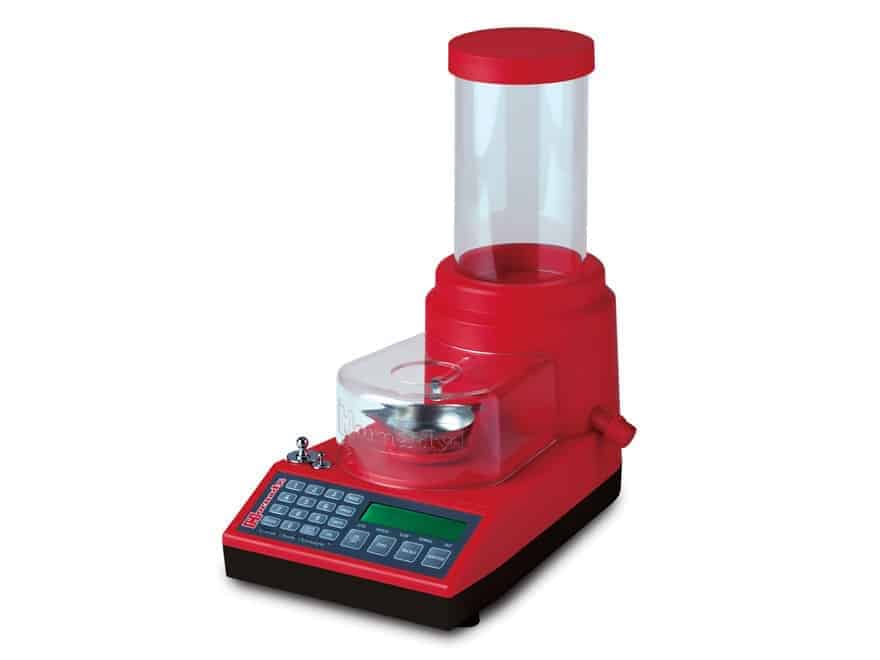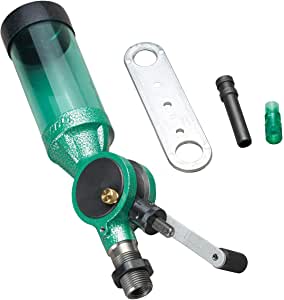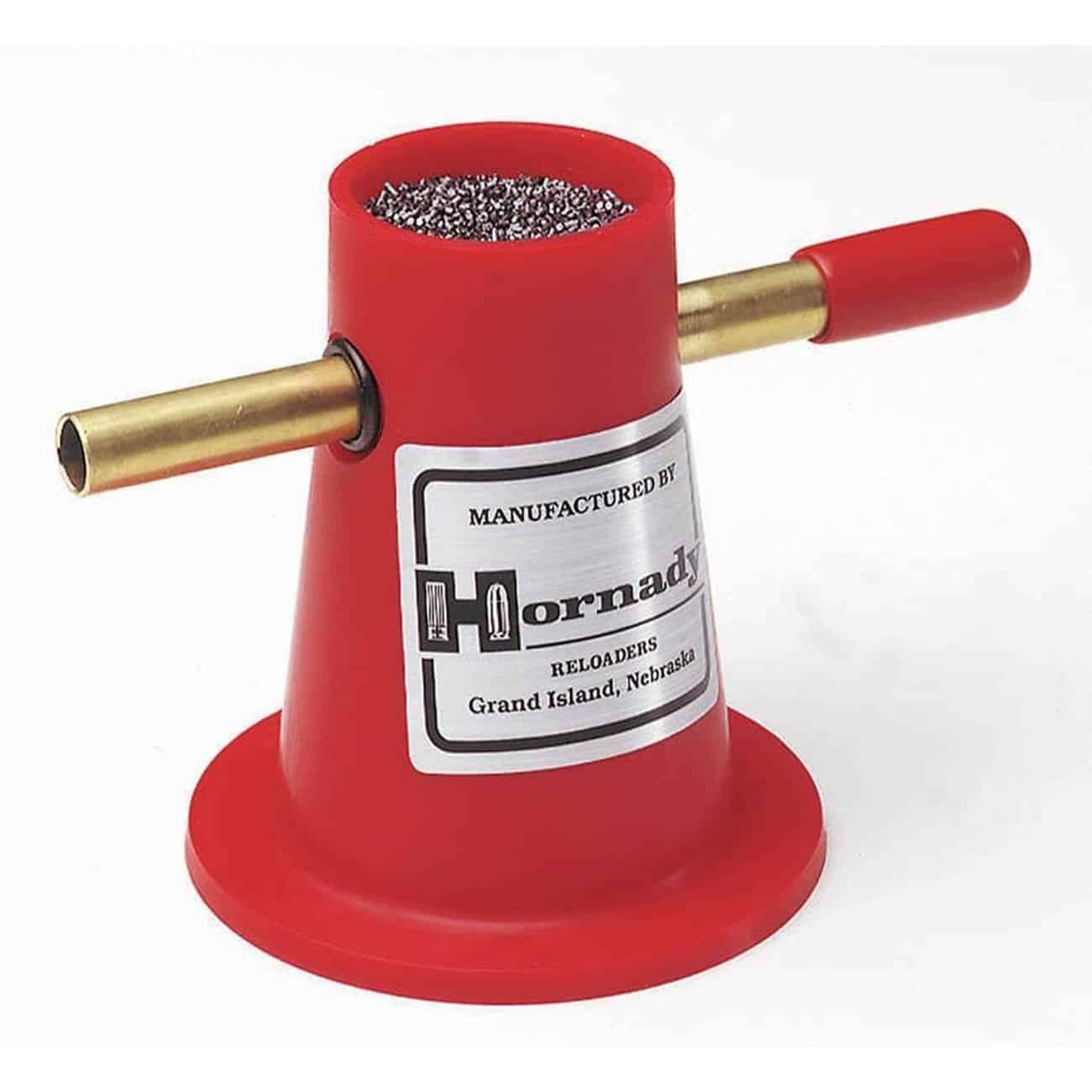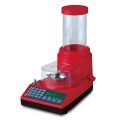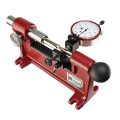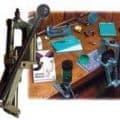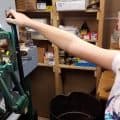You know how you can keep pitching a topwater lure back in the lily pads and after enough casts that ol’ bass will suddenly explode?A couple minutes later you and that fish are looking eye-to-eye,
Sometimes I have real empathy for the bass. This is one of those instances.
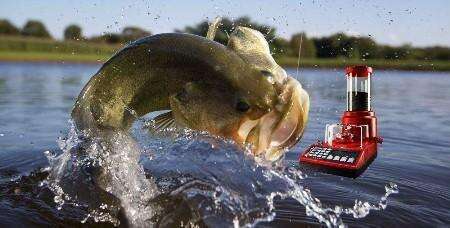
Folks have been dragging little green boxes, little red boxes, and even a little grey box past me for the better part of 20 years. For 20 years, I’ve kept to my little green RCBS 10-10-10 beam scale and thought I was happy. I was on Natchez Shooting Supply and saw a near-half-priced deal on the Hornady Auto Charge.
Slam. Bang. Done.
I’ve got some bigger-than-average reloading projects in front of me between now and next deer season. These will include 150 rounds of 30-06– fifty each for sons #2 and #3 and myself. So there is somewhat of a practical reason– at least that’s what I’m telling myself. We’ll see. I’ve got a whole winter ahead of me to find out how it works.
The general consensus for the last 20 years or so is that the RCBS Chargemaster is the gold standard. However, the price of one of those units is about twice the Hornady. I’ve seen mixed reviews of the Hornady in the past. The biggest complaint has been overcharges. That is, you put the pan down, hit the dispense button, and it does its thing only to put a tad too much powder in the pan, and you have to throw out the charge. All them do it; some more than others.
I have been reloading now for 20 years. I’ve learned a bunch of important lessons and one of the big ones is that other reloaders have a great deal of snobbery when it comes to paint jobs. It has been true about presses; it has been true about scales; it has been true about. . . well, just about everything. Guys get comfortable with a green or red or orange paint job on their stuff and any other color gives them hives.
I admit to being that way to a large extent. I started with an RCBS Rockchucker Supreme Master Kit from Natchez Shooting Supply back in 2000, and it was a decade before I thought about trying anything but an RCBS die. Over time, that has modified somewhat.
Hornady probably has its share of snobs, but I have not seen them be quite as rapid as the others. As a result, a lot of decent stuff with red paint jobs tends to get pushed aside. I started noticing Hornady about a half-dozen years ago when I went looking for a progressive press. The LNL AP I have has been a decent press– not without problems, but it has turned out gobs of ammo for me. It was about half the cost of a comparable Dillon. Last year, I was idly surfing the Natchez flyer and saw a Hornady Concentricity Gauge for half price just before Christmas. Bang! Done! Is it the best one out there? No, probably not, but I got a chance to test my ammo for half the cost of a Sinclair and I found out that I did not have a runout problem on any of my ammo. That made the $80 a worthwhile spend.
So now I had another red machine on my reloading bench. Like all the others, it came with its share of snob detractors. I figured as with the previous attempts, that Hornady does not sell anything THAT bad. I’ve had good luck with their tech support. It just was going to take some investigation and possibly some tweaking.
One thing that a lot of guys talk about is the soda straw mod. Folks take a McDonald’s straw and cut a length off and then incise star-shaped cuts in one end. This is supposed to make the throws more accurate and reduce overcharges. The instructions I found were for an RCBS Chargemaster. WAIT! I thought the Chargemaster was the gold standard!
Here’s the link if you’re interested:
http://bulletin.accurateshooter.com/2012/12/tech-tip-smooth-powder-dispensing-with-modified-straw/
Let me digress a bit. Years ago, I used to work at a solder factory. We extruded solder and welding and brazing rod. It takes a lot of different operations to get the wire down to the right size, get it cut and packaged. In the middle of one of the processes was a machine that they used to take the wire from multiple small spools and put it on one big spool. It had pulleys and sheaves and arms and spindles sticking out all over the place and someone was always putting in work orders to modify it somewhat. The outside of the machine looked like swiss cheese from two generations of floor apes making mods to it. Finally, we got a new Engineering Manager, and he got tired of all these work orders and decided to call the manufacturer and ask them to send someone out. Lo and behold, the machine had been modified to the point where it was unrecognizable. The manufacturer’s rep gave us a copy of the original blueprints and walked away. We put it back the way it shipped from the factory and the machine worked perfectly. I was a young engineer back then. I did not forget that lesson. Before modding a machine until it is unrecognizable and driving oneself nuts in the process, it is probably a good idea to try and figure out how the machine is meant to work as built.
I did eat at McDonald’s. I did get some straws to try. I did attempt the mod just to see what it did. The results were less than spectacular. However, just reading the instructions thoroughly and twiddling with the settings yielded much better results. Whodathunk?
I tried a 47.5 grain charge of H4895, and played with the settings until the overcharges went away. So far the best results have been setting the speed to SLOW and the trickle start set to .4 gr. Yes, that is not the fastest, but I threw 10 charges without an overchange, and it was not like I was seriously waiting for the unit to do its thing.
How does it compare to just using a powder measure? I’ve got my RCBS Uniflow measure that I’ve had since the start. It works fine, but it has a tendency to wander. It helps to check weights about every 10 throws or so on rifle ammo and do a tweak here and there. That wandering can drift the weight .5 grains. After the first year of reloading, I realized that there was just no fighting it. I was never going to be dead-nuts accurate just throwing charges, so I started weighing all my charges. I purposefully measured a half-grain light and then used a little Hornady trickler to bring the charge up to the proper weight. I’ve been doing it that way on all my deer rifle ammo for going on 2 decades. It doesn’t really add a whole lot of extra time to the loading process, and it gives near-perfect results.
So how does the Hornady Auto Charge compare to that process? You would think that manual trickling would be flawless, but it is not. I’d say that about 1 in 10 throws go over, and I have to dump a wee bit out and redo the trickle. It never was a problem. I just accepted it. However, the Hornady Auto Charge actually does better than hand trickling when it is set up right.
Is that significant? Yes. No. Maybe(?) I can’t be sure until I have a few hundred rounds under my belt. I do know that in instances where I am going to do a fairly large batch of deer rounds, it will probably cut down manual operations by a considerable degree. Time may be a wash, but that sounds like a win. It certainly does away with the idea of dippers– I’d been dipping my 25-06 loads to deal with a bridging problem in the Uniflow. I’ll let you know how it all nets out, but so far I am happy with the Hornady Auto Charge and I am glad I made the purchase.
UPDATE: I’ve got an update on the Auto Charge here:
Views: 9
